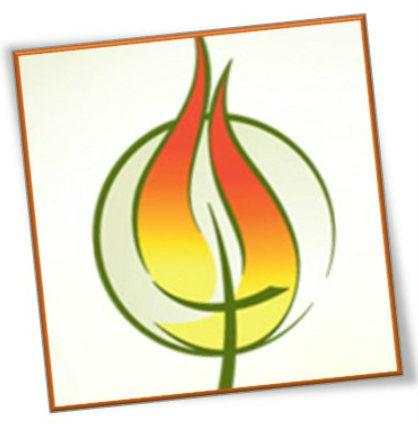Religious Education
It is hard to believe that we are already in the second half of Term 3. The year seems to be passing us by so quickly, and the Religious Education classroom is once again becoming a hub of activity in the lead-up to assessments as we complete units in everything from the Hebrew Scriptures to the Reformation and the Nature and Purpose of Religion.
This week, I was privileged to attend one day of the Kildare Ministries’ meeting of Curriculum and Faith Leaders.
The focus on Integral Ecology on our school campuses, in our school culture and in the school curriculum, gave energy and drive to our discussions and work on how we represent vital environmental concerns across our schools. The ongoing influence of the papal encyclical Laudato Si and the goals of this that permeate our work became clear through the day, and not just in thinking about the Religious Education curriculum, but also how to map this important document of social justice across subjects and indeed through our action in the school.

We see elements of integral ecology embedded with the Religious Education curriculum. There are units that look at the concept of stewardship and care of the earth, healing and hope for ongoing environmental considerations, the ethics of how we care for our common home, social justice in making decisions that consider all who are impacted by the environment, and even how our Kildare values and spirituality can help us to understand the integral nature of care for ecology. But it is great to see such important issues also within our Catholic Identity and Mission and through other Learning Areas as well. We truly are a community that cares for our local and world-wide community.
This sense of community will no doubt again be on display as we head into Brigidine Day on our final day of Term 3, where we celebrate our Brigidine heritage, and raise funds to support one of our vital community works, the Brigidine Asylum Seekers Project.
Jane Watkins
Learning Leader: Religious Education


